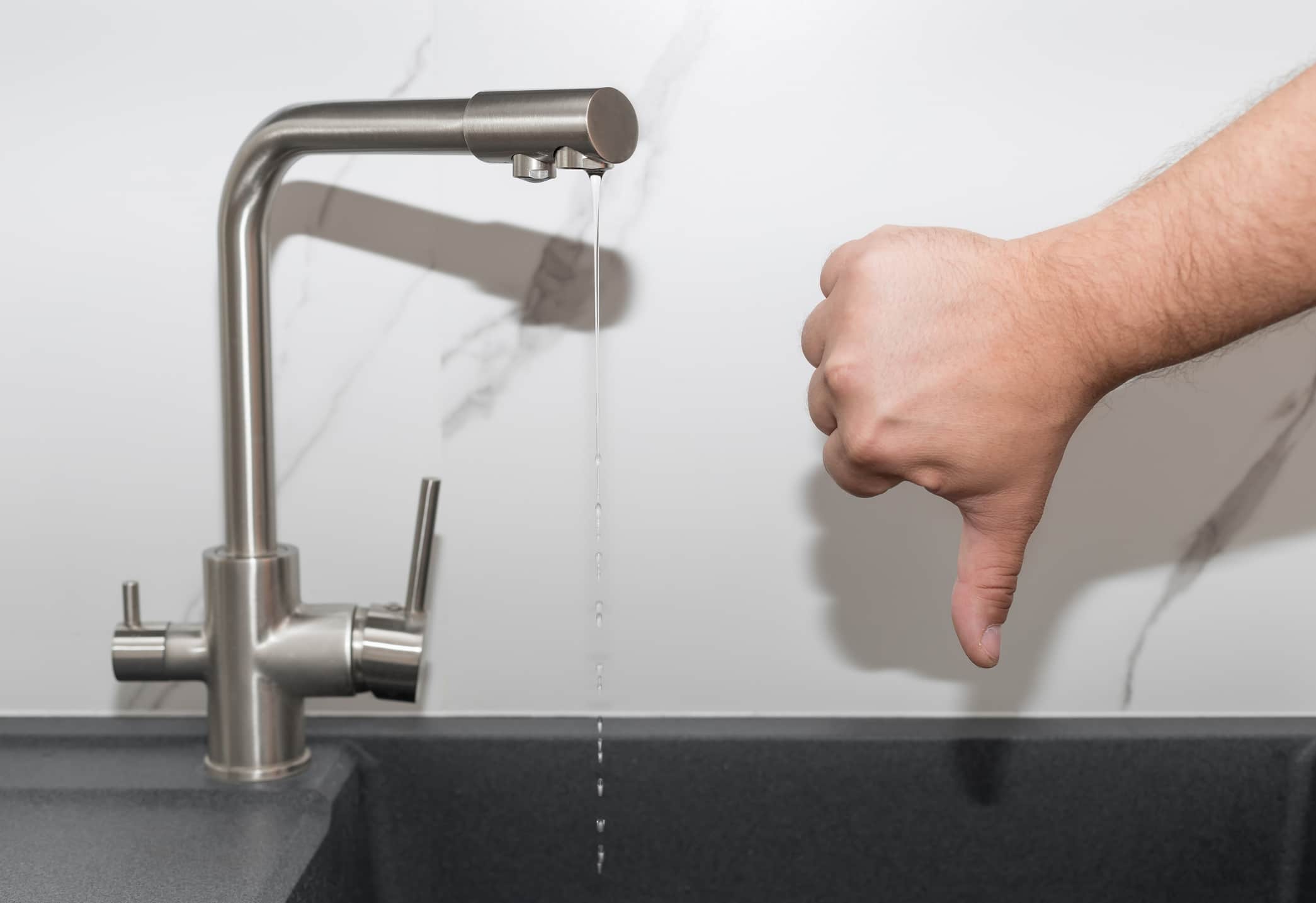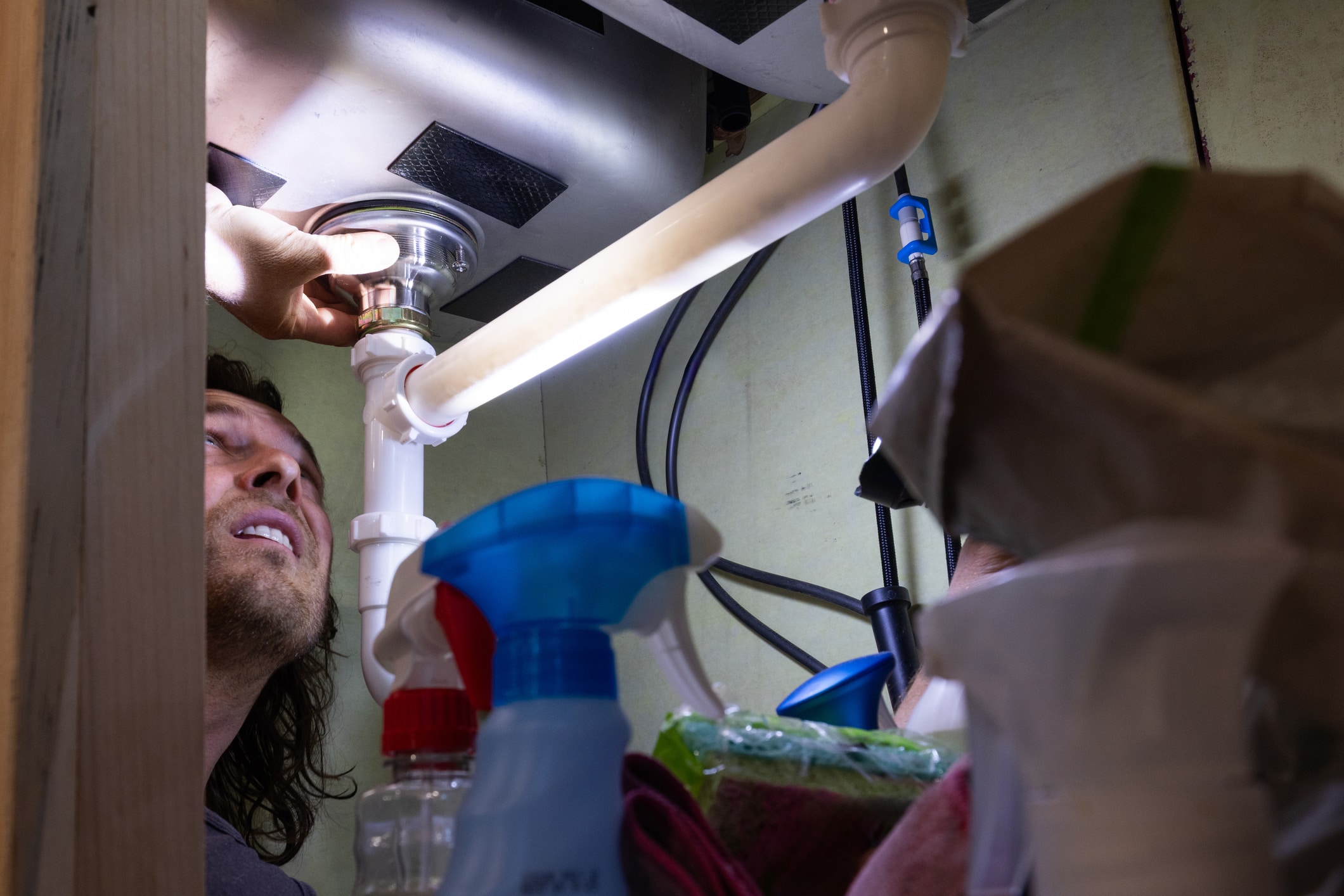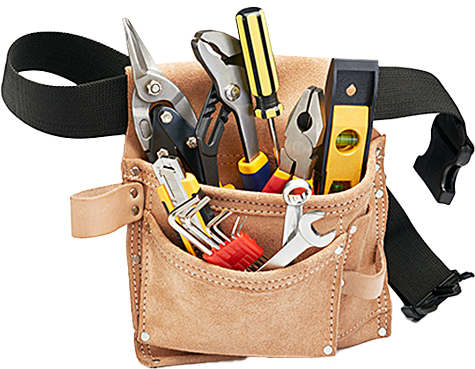Ensuring your home’s plumbing system operates smoothly is crucial, and a well-planned plumbing inspection routine can make all the difference. In cities like Dallas, TX, where the weather can fluctuate significantly, maintaining your plumbing can prevent unexpected issues. By catching problems early, you can save yourself from the hassle and expense of major repairs down the line. It’s all about being proactive rather than reactive when it comes to your home’s plumbing health.
Incorporating cities like Carrollton, TX, and Richardson, TX, into our discussion highlights the regional importance of regular plumbing inspections. Homeowners in these areas understand the value of a plumbing inspection routine that’s tailored to their specific needs. Whether it’s dealing with hard water, seasonal changes, or the age of your plumbing system, each factor plays a significant role. Tailoring your approach ensures you’re not caught off guard by plumbing issues.
But what does an optimized plumbing inspection routine look like? It’s not just about frequent checks but knowing what to look for and when. From leaks and corrosion to water pressure issues, a comprehensive check can reveal a lot about your plumbing’s condition. This routine isn’t just a checklist, it’s a strategic approach to maintaining your home’s plumbing system efficiently.
Lastly, understanding the significance of a plumbing inspection routine is the first step toward a hassle-free home environment. Residents in Dallas, Carrollton, and Richardson can attest to the peace of mind that comes with a well-maintained plumbing system. By embracing this proactive approach, you’re not just saving on potential repair costs, you’re also extending the lifespan of your plumbing system.
Understanding the Importance of a Plumbing Inspection Routine
Optimizing your plumbing inspection routine starts with scheduling regular checks. This means setting up annual or bi-annual inspections to ensure everything is in top shape. For homeowners in Carrollton, TX, adapting the frequency to local water quality and usage patterns is wise. Recognizing signs of wear and tear early can prevent more serious issues down the line.
In addition to professional inspections, becoming familiar with your plumbing system is key. This involves knowing the location of main shut-off valves and understanding the basics of your home’s plumbing layout. Residents in Richardson, TX, benefit from learning simple maintenance tasks, such as checking for leaks or understanding water pressure. This knowledge empowers homeowners to spot potential problems before they escalate.
Incorporating technology can also enhance your plumbing inspection routine. Today, advanced tools like video pipe inspections allow for a more thorough examination of your plumbing system. These technologies can identify hidden leaks or blockages that are not immediately apparent. By leveraging these innovations, you can ensure a more effective and detailed inspection process.
Finally, maintaining a detailed record of all inspections and repairs is crucial. This documentation helps track the health of your plumbing system over time. It also provides valuable information for professionals during future inspections or repairs. Keeping such records ensures a well-organized approach to plumbing maintenance, making it easier to manage over the years.

Identifying Common Plumbing Issues Early
Identifying common plumbing issues early is a vital component of an effective plumbing inspection routine. In Dallas, TX, where seasonal changes can impact your plumbing, being vigilant about signs of leaks is crucial. Leaks can manifest in higher water bills, damp spots, or the sound of running water when all taps are closed. Catching these signs early prevents water damage and mold growth, saving homeowners significant repair costs.
In Carrollton, TX, homeowners should be on the lookout for signs of corrosion in their pipes. Corrosion can lead to water discoloration, strange tastes, or reduced water pressure. These symptoms suggest the need for a closer inspection, as corroded pipes can eventually lead to leaks or burst pipes. Addressing corrosion promptly ensures the longevity of your plumbing system and maintains water quality.
Meanwhile, residents in Richardson, TX, might encounter issues with water pressure. Both low and high water pressure can indicate underlying plumbing problems. Low pressure could mean there’s a leak or blockage, while high pressure might risk damage to pipes and appliances. Understanding how to check water pressure and recognize deviations from the norm is a key skill in early problem identification.
Finally, seasonal changes in Dallas and its surrounding areas can lead to specific plumbing challenges, such as frozen pipes or overworked water heaters. Being aware of these seasonal risks and incorporating them into your plumbing inspection routine can prevent emergencies. Regular checks before the onset of extreme weather conditions can ensure your plumbing system remains functional and efficient all year round.
Tools and Equipment Needed for Effective Inspections
Having the right tools and equipment is essential for conducting a thorough plumbing inspection routine. For instance, a high-quality flashlight can illuminate hidden areas under sinks and behind appliances, allowing you to spot leaks or corrosion you might otherwise miss. In Carrollton, TX, homeowners also find a plumber’s tape measure invaluable for checking pipe sizes and spaces during inspections. These basic tools enable a more effective and precise examination of your plumbing system.
Moreover, investing in a moisture meter can significantly enhance your plumbing inspection routine. This device helps detect moisture levels in walls and floors, which is crucial for identifying hidden leaks. In Richardson, TX, where humidity can vary, a moisture meter ensures that you’re not overlooking potential water damage. This tool, combined with your vigilance, can save you from extensive repairs by catching leaks early.
Another critical piece of equipment is a plumbing inspection camera. This advanced tool allows you to inspect the interior of pipes and identify blockages, cracks, or other issues that are not visible from the outside. It’s especially useful for checking sewer lines and underground pipes, areas where traditional inspection methods fall short. With this technology, you can ensure a comprehensive plumbing inspection routine, addressing problems before they escalate.
Lastly, a pressure gauge is indispensable for monitoring water pressure within your home’s plumbing system. Sudden changes in pressure can indicate a leak or blockage, making this tool crucial for early detection. By incorporating a pressure gauge into your plumbing inspection routine, you can maintain optimal water pressure, ensuring the longevity and efficiency of your plumbing system. Together, these tools equip homeowners to tackle plumbing inspections with confidence, keeping their systems in top condition.

Step-by-Step Guide to a Comprehensive Plumbing Inspection
A comprehensive plumbing inspection routine begins with a visual inspection of all exposed plumbing, including pipes under sinks, toilets, and outdoor spigots. In Carrollton, TX, checking for signs of moisture, corrosion, or damage is crucial due to the area’s water quality. This initial step helps identify obvious issues that can be addressed quickly, preventing minor problems from escalating. Paying attention to these details ensures the overall health of your plumbing system.
Next, testing the functionality of your home’s plumbing fixtures is an essential part of the routine. This involves running water in sinks, flushing toilets, and observing the drainage speed. Slow drainage could indicate a blockage, while gurgling sounds might suggest venting issues, common concerns for homeowners in Richardson, TX. Regular testing allows for early detection of functional problems, making repairs simpler and less costly.
Following the functional test, inspecting appliances connected to your plumbing system, like water heaters, dishwashers, and washing machines, is next. Look for leaks, rust, or signs of wear, especially in connections and hoses. These appliances are often overlooked, yet they can be the source of significant water damage if not maintained properly. Keeping an eye on these appliances ensures they operate efficiently and don’t compromise your plumbing system.
Lastly, a critical step in your plumbing inspection routine involves checking the water pressure in your home. Using a pressure gauge, you can verify that the pressure is within a safe range, preventing stress on your pipes. Sudden changes in pressure could indicate a leak or blockage, requiring immediate attention. This step helps maintain the integrity of your plumbing system, ensuring it remains functional and reliable.
How Often Should You Conduct a Plumbing Inspection?
Determining the frequency of your plumbing inspection routine is essential for maintaining your home’s plumbing system in optimal condition. Homeowners should consider a professional inspection at least once a year, though some may require more frequent checks depending on local conditions and usage patterns. For instance, in Carrollton, TX, the presence of hard water might necessitate closer monitoring to prevent scale buildup. Tailoring the frequency to your home’s specific needs ensures that potential issues are identified and addressed promptly.
In between professional inspections, it’s wise for homeowners to conduct their own checks periodically. Simple tasks like looking for leaks, monitoring water pressure, and checking for slow drains can reveal issues early on. Residents in Richardson, TX, can benefit from incorporating these mini-inspections into their monthly routine. This proactive approach complements professional assessments and keeps homeowners informed about the state of their plumbing.
The changing seasons also play a role in determining how often you should inspect your plumbing. Before the onset of winter, a thorough check can prevent issues like frozen pipes, especially in areas prone to sudden temperature drops. Similarly, inspecting your system after the winter can identify any damage caused by the cold. Adapting your plumbing inspection routine to the season helps avoid common weather-related problems.
Lastly, any significant changes in your water usage or bill should prompt an immediate inspection. An unexpected increase in water consumption could indicate a leak or a fault in the system. Paying attention to these signals allows homeowners to act swiftly, potentially saving on costly repairs. Regular monitoring and timely inspections form the cornerstone of an effective plumbing inspection routine, ensuring your system remains efficient and reliable.
Tips for Maintaining an Efficient Plumbing Inspection Routine
Maintaining an efficient plumbing inspection routine requires a blend of diligence and knowledge. Homeowners should make a habit of visually inspecting their plumbing fixtures regularly. This not only familiarizes them with their system but also helps in identifying any new or worsening issues promptly. In Carrollton, TX, taking note of any changes in water quality can also provide early warnings of plumbing problems.
Incorporating a checklist for your routine can streamline the process and ensure nothing gets overlooked. Each item on your list should correspond to a part of your plumbing system, including pipes, faucets, and appliances. This methodical approach makes it easier to track inspections and maintenance tasks. Residents in Richardson, TX, might find this especially useful after heavy rainfalls or storms, which can affect plumbing systems.
Engaging with a professional plumber for an annual inspection is also crucial. They bring expertise and equipment that can detect issues not visible to the untrained eye. For instance, they can perform pressure tests and use inspection cameras to explore pipes thoroughly. Their insights can guide you in adjusting your plumbing inspection routine for better efficiency.
Lastly, staying informed about the latest plumbing technologies and solutions can enhance your inspection routine. New tools and products can make maintenance easier and more effective. Whether it’s adopting eco-friendly fixtures or installing smart leak detectors, keeping your plumbing system up to date can prevent problems before they start. This proactive stance ensures your plumbing inspection routine remains efficient and your home’s plumbing system in top condition.
The Role of Professional Plumbers in Your Inspection Routine
Professional plumbers play a pivotal role in enhancing your plumbing inspection routine. Their expertise and access to advanced tools allow for a more in-depth examination of your system. In Carrollton, TX, homeowners rely on these professionals to identify issues that aren’t immediately visible. This partnership ensures that every aspect of your plumbing receives a thorough check, preventing minor issues from escalating.
Incorporating professional inspections into your routine brings peace of mind. Plumbers can perform detailed assessments, including pressure tests and sewer line inspections, that go beyond surface-level checks. For residents in Richardson, TX, this means catching potential problems before they lead to significant damage. It’s an investment in your home’s longevity and efficiency, safeguarding against unexpected repairs.
Staying on top of your plumbing inspection routine also involves learning from the professionals. During their visits, plumbers can offer valuable advice on maintaining your system and preventing common issues. This knowledge transfer empowers homeowners to better understand their plumbing’s needs. It’s an opportunity to enhance your routine with professional insights, ensuring your plumbing remains in optimal condition.
Lastly, professional plumbers can tailor your plumbing inspection routine to the specific needs of your home. They consider factors like the age of your plumbing, local water quality, and your household’s usage patterns. This customized approach ensures that your routine addresses the unique challenges your system faces. By working closely with a plumber, you can develop a strategy that keeps your plumbing healthy year-round.
Saving Costs with Preventative Plumbing Maintenance
Adopting a proactive plumbing inspection routine is a smart strategy to avoid costly repairs down the line. In Carrollton, TX, homeowners can significantly reduce their maintenance expenses by catching and addressing problems early. This approach not only saves money but also extends the lifespan of your plumbing system. Regular inspections help identify issues like leaks or corrosion before they become severe, ensuring your plumbing remains in top condition.
In Richardson, TX, residents understand the value of preventative plumbing maintenance. By scheduling regular checks, they can prevent the inconvenience of unexpected plumbing failures. A well-maintained plumbing system is less likely to encounter emergencies, which often come with a high repair bill. This preventative approach is beneficial for both your peace of mind and your wallet.
Moreover, a comprehensive plumbing inspection routine can lead to more efficient water use. Spotting and fixing leaks early means less water waste, which can lead to lower utility bills. Efficient plumbing not only conserves water but also contributes to environmental sustainability. It’s a win-win situation where homeowners save money while contributing to the conservation of valuable resources.
Finally, engaging with a professional plumber for an annual inspection can offer additional savings. These experts can provide tailored advice on maintaining your plumbing system, potentially preventing costly issues. Their expertise allows for a deeper inspection, catching problems that might not be visible to the untrained eye. By incorporating professional insights into your plumbing inspection routine, you ensure a thorough approach to preventative maintenance, saving money in the long run.
Frequently Asked Questions
What tools are needed for a plumbing inspection?
To conduct a thorough plumbing inspection routine, several essential tools are required. A high-quality flashlight helps illuminate dark spaces under sinks and behind appliances. A pipe wrench and plunger are crucial for checking pipe connections and clearing minor blockages. Lastly, a video inspection tool allows for a detailed view inside pipes to identify hidden leaks or damage.
How often should you perform a plumbing inspection routine?
To maintain your home’s plumbing in top condition, aim for an annual plumbing inspection routine. This frequency ensures you catch issues before they escalate into costly repairs. However, if you notice signs of problems, such as leaks or slow drains, schedule additional checks. Keeping a regular schedule helps avoid unexpected plumbing emergencies and maintains your system’s efficiency.
What are common issues found during inspections?
During plumbing inspection routines, professionals often uncover leaky faucets and pipes as common issues. They also find clogged drains, which can lead to water backing up. Another frequent problem is corroded pipes, which may cause water quality and flow issues. Lastly, inspections can reveal inefficient water heaters, affecting hot water supply and energy bills.
How does a plumbing inspection routine save money?
A plumbing inspection routine identifies small problems before they become big, expensive ones. By catching leaks and blockages early, it prevents water damage and saves on repair costs. Regular checks also ensure your plumbing system runs efficiently, reducing water and energy bills. Ultimately, investing in routine inspections minimizes unexpected expenses, keeping your home’s plumbing in optimal condition.
What are the steps in a plumbing inspection routine?
A plumbing inspection routine starts with checking all visible pipes for signs of wear, leaks, or damage. Next, professionals test water pressure to ensure it’s within a healthy range, identifying potential pipe problems. They also examine fixtures, toilets, and faucets for drips and proper operation. Finally, the inspection includes a sewer line check to prevent blockages and backups, safeguarding your home’s plumbing health.






